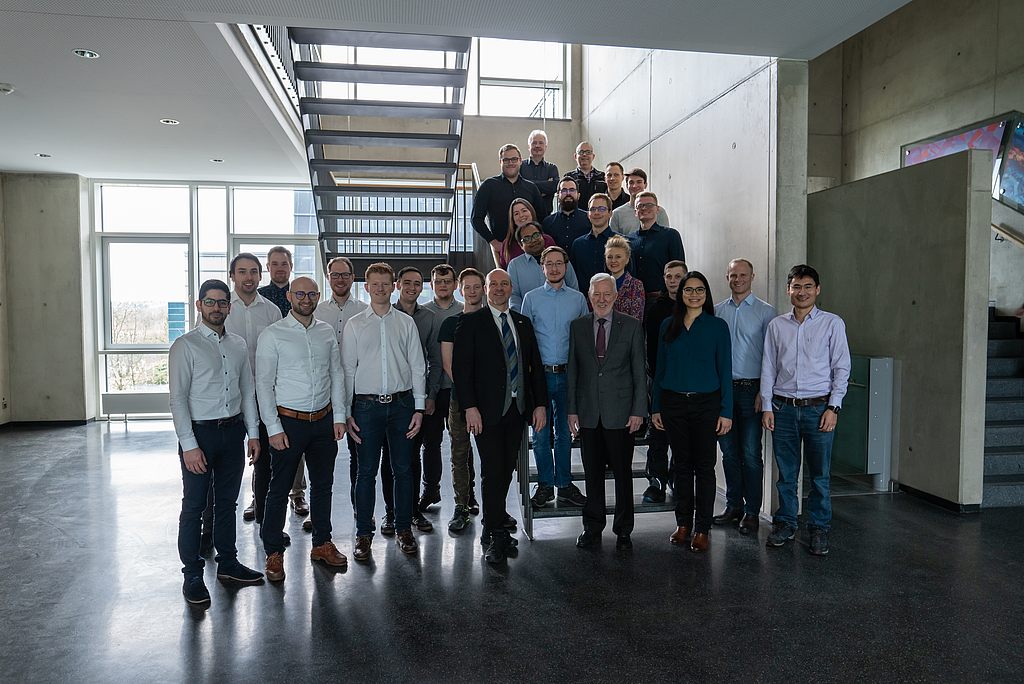Self-Organized, Additive Manufactured Composite Systems
Verantwortlich: Sundar Dutta, G.
The idea of this project is to find a novel way of lightweight construction, specifically constructing 3D free-form continuous fiber reinforced composite (CFRC). The idea is to develop a method of describing an optimal structure for a specific loading and boundary with given material properties. We prefer a probabilistic optimization technique e.g. Evolutionary Programming (EP) over a deterministic one, due to high interdependency of the variables involved in the optimization process. Evolutionary Programming draws its inspiration from natural selection process, and thus tries to improve the solutions based on the feedback, by simultaneously exploring the entire design space. Hence the likelihood of reaching global maxima/minima is subsequently more than the convectional linear search algorithms. Thus, a structural component is evolved or grown in optimal form, rather designed and optimized.
While Python™ object-oriented programming language is used for scripting, Rhinoceros 3D™ design environment is used to visualize and generate the geometries or the evolved structures.
Additive manufacturing, apart from its usage in prototyping, has gained its popularity in recent years also as an essential manufacturing process for lightweight construction due to its flexible nature. A Stäubli™ RX60 robot-arm equipped with printing assembly will be reasonably capable of achieving the desired structure. Stäubli Robotic Suite™ will be used to operate the robot-arm while RoboDK™ programming tool will be used for the offline programming purpose.
